Felines, from the mighty tiger to the domestic tabby, have a fascinating evolutionary history that spans millions of years and every corner of the globe. Their journey is one of adaptation, resilience, and the development of traits that have made them apex predators and beloved companions alike. Understanding this journey sheds light on their diversity and the characteristics that define them today.
A Shared Ancestor
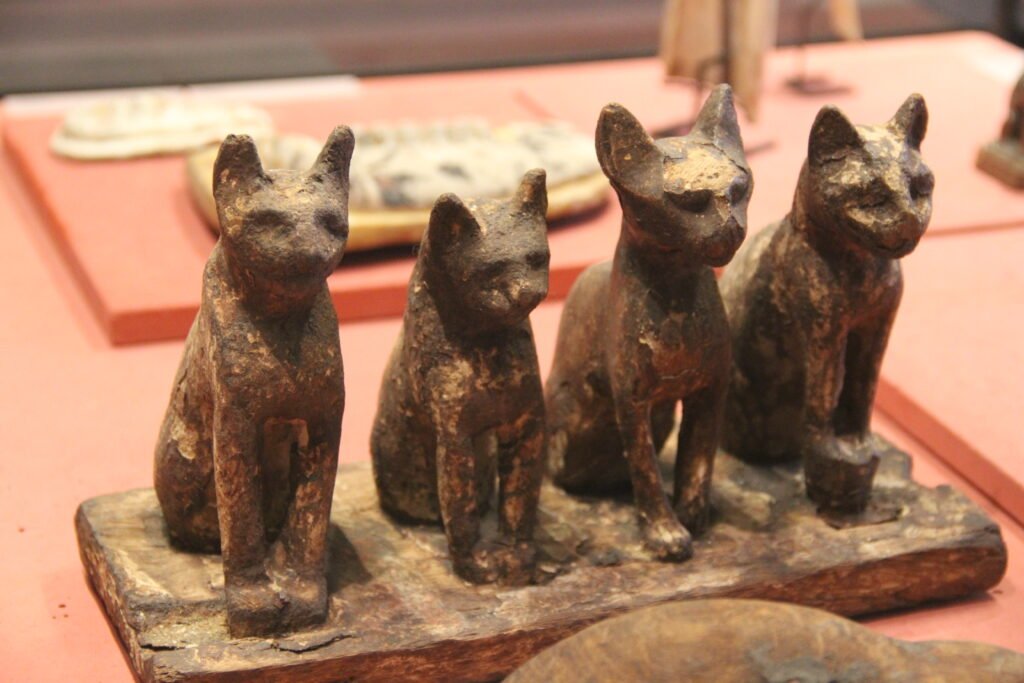
The evolutionary story of felines begins around 25 million years ago, with a common ancestor believed to have lived in Asia. From this ancestor, the family Felidae emerged, splitting into two primary subfamilies: the Pantherinae (big cats like lions and leopards) and the Felinae (small cats and cheetahs). Over time, these groups adapted to their environments, spreading across continents through migration and evolutionary divergence.
Adapting to Diverse Environments
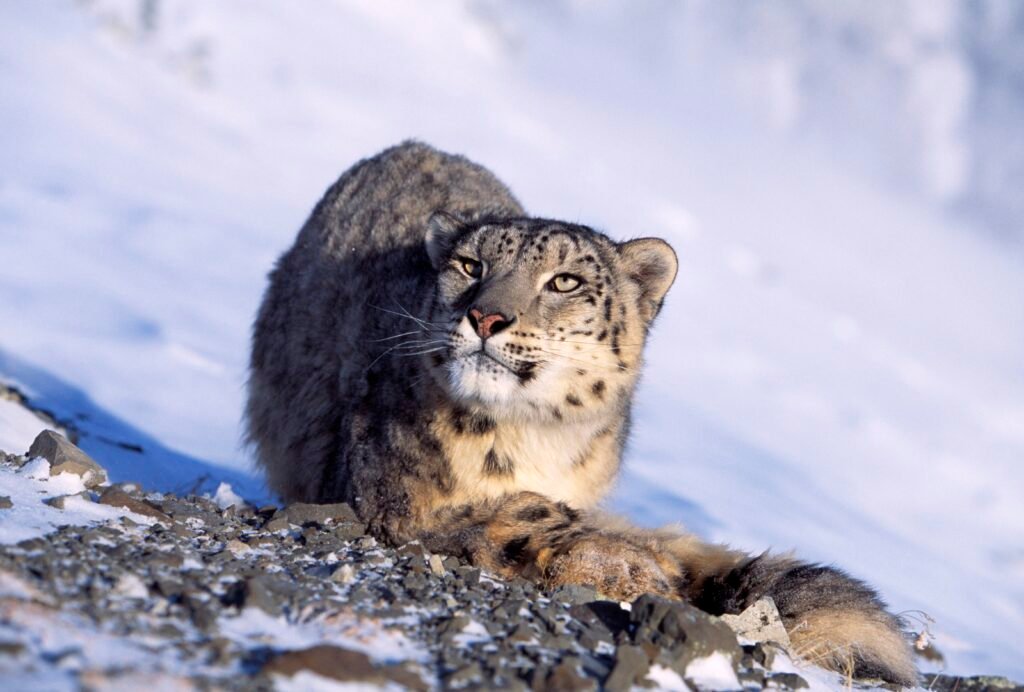
Felines have evolved to thrive in a wide range of habitats, from deserts to rainforests to arctic tundras. The cheetah, with its unparalleled speed, evolved in open savannahs, while the snow leopard developed thick fur and a powerful build to navigate frigid mountain ranges. Domesticated cats, descendants of the African wildcat, adapted to living alongside humans, developing traits like sociability and vocal communication.
The Role of Isolation and Migration
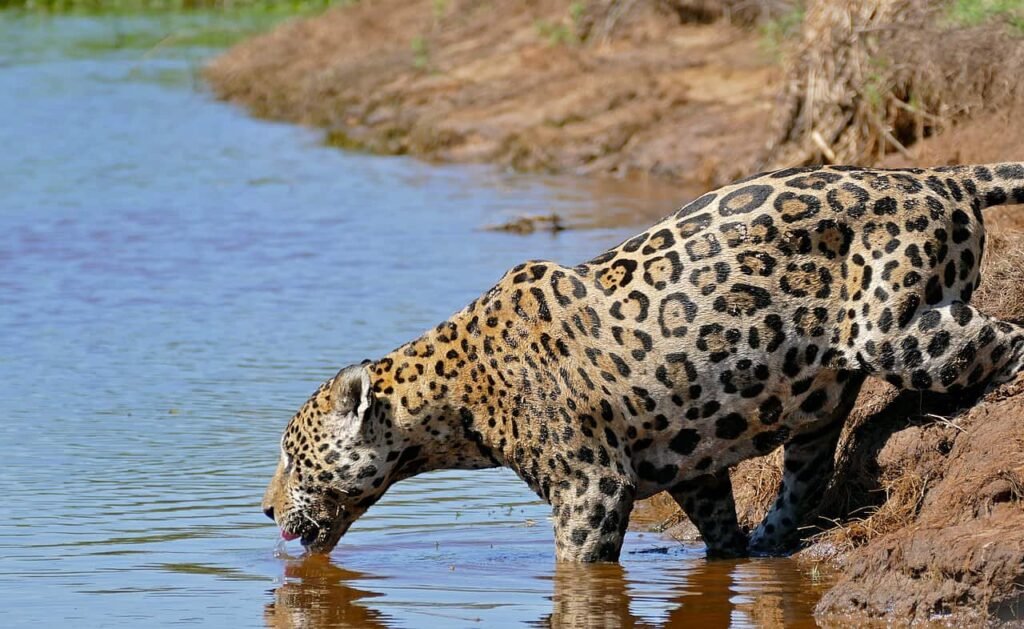
Geographic isolation played a significant role in feline evolution. For example, the jaguar, found in the Americas, evolved independently after ancestors crossed the Bering Land Bridge millions of years ago. Similarly, island environments led to unique species like the Iberian lynx, showcasing how isolation drives diversification within the feline family.
A Unique Chapter
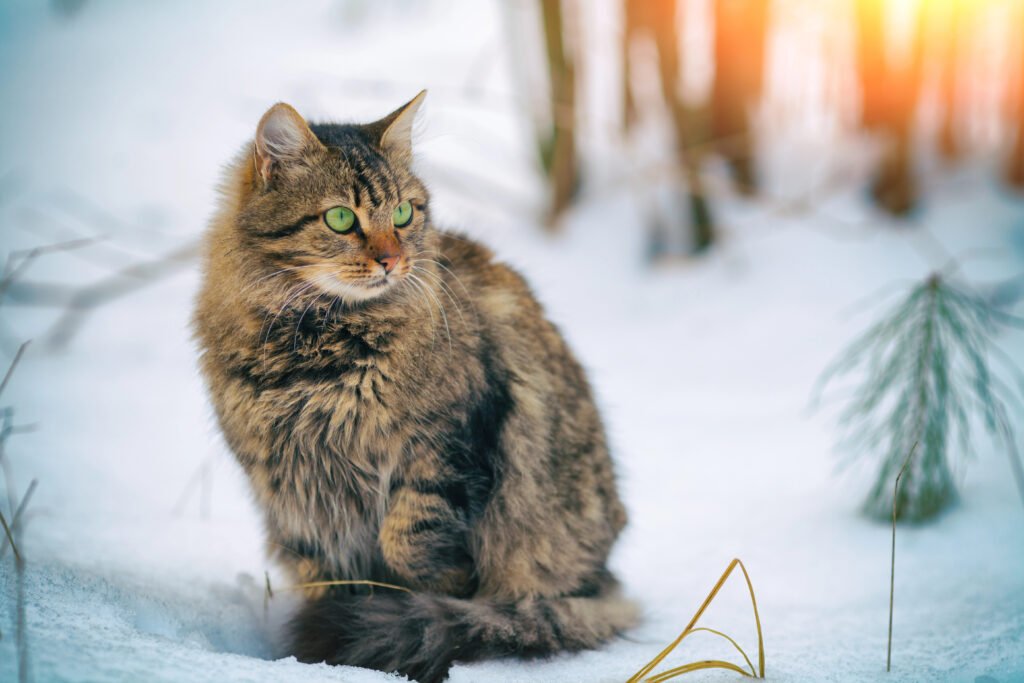
Around 10,000 years ago, the first steps toward feline domestication began in the Near East. Wildcats were drawn to human settlements by the abundance of rodents, and humans appreciated their pest control abilities. Over time, a mutualistic relationship developed, leading to the domesticated cats we know today. Despite this, domestic cats have retained much of their wild instincts, setting them apart from other domesticated animals.
Challenges and Conservation
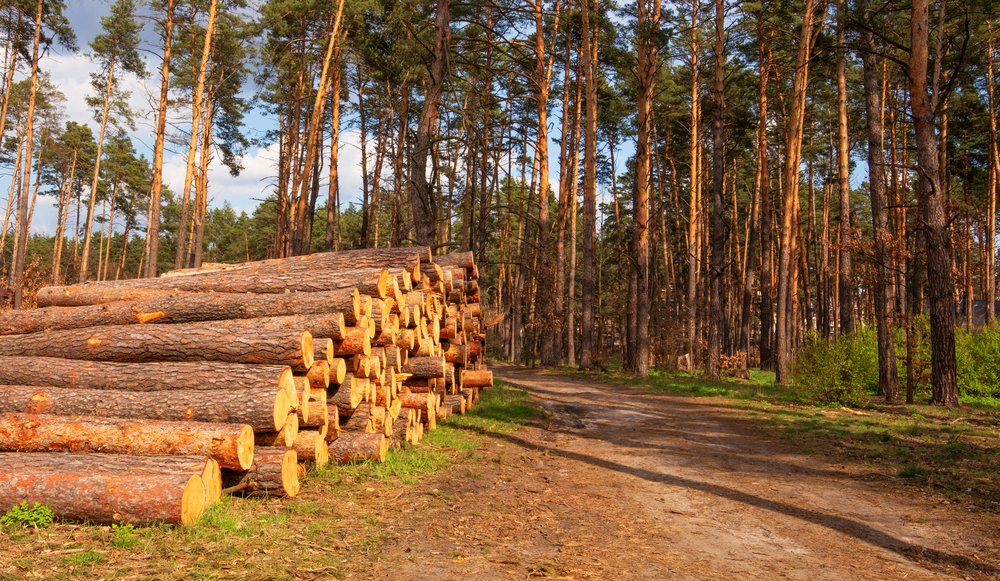
Feline evolution continues, but human activity poses significant challenges. Habitat destruction, climate change, and poaching threaten many wild feline species. Conservation efforts focus on protecting habitats and reducing human-wildlife conflict, ensuring that these extraordinary creatures continue to thrive in the wild.
A Shared History, A Bright Future
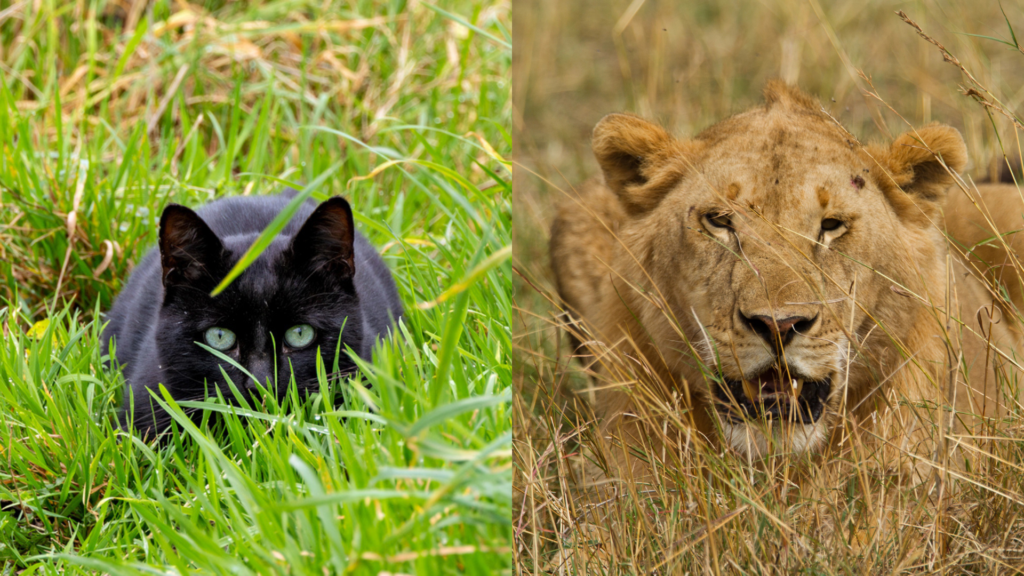
The evolutionary journey of felines is a testament to their adaptability and strength. From their ancient origins to their diverse roles today, felines have left an indelible mark on ecosystems and human lives alike. By understanding and preserving their history, we ensure a future where these incredible animals continue to inspire wonder and admiration across the world.

Growing up traveling and experiencing new cultures and wonders, I have had a passion for nature, adventuring, photography, and videography. I am currently working towards a BSc in Biodiversity and Ecology at Stellenbosch University, and I hope to specialise in Marine Sciences one day.
Please send any feedback to Feedback@animalsaroundtheglobe.com






